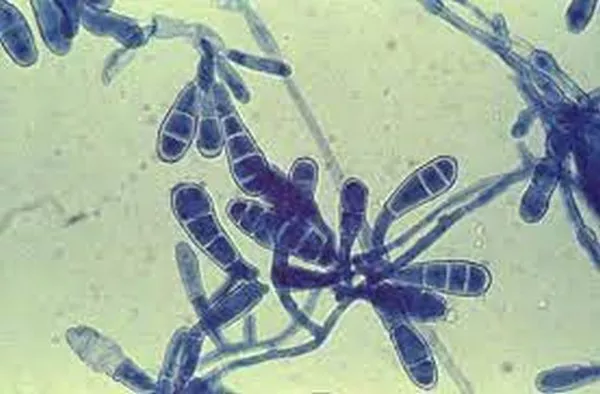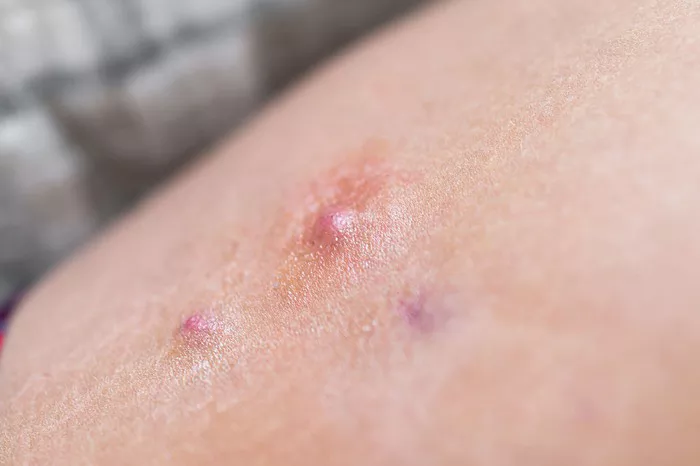Ringworm, despite its misleading name, is not caused by a worm but by a group of fungi known as dermatophytes. These fungi thrive on keratin, a protein found in the outer layer of the skin, hair, and nails. The condition manifests as a red, itchy, circular rash with clearer skin in the middle, resembling a ring. The medical term for ringworm is dermatophytosis, and it can affect various parts of the body, leading to different names such as tinea capitis (scalp), tinea corporis (body), tinea cruris (groin), and tinea pedis (feet).
One of the most pressing questions about ringworm is its contagious nature, particularly whether it can spread before symptoms appear. Understanding the contagiousness of ringworm in its pre-symptomatic phase is crucial for effective prevention and management.
The Nature of Ringworm
Ringworm is highly contagious and can be spread through direct contact with an infected person or animal, as well as through contact with contaminated objects or surfaces. The fungi that cause ringworm are resilient and can survive on surfaces like towels, clothing, and bedding for extended periods. This durability enhances the potential for the infection to spread, often before an individual realizes they are infected.
How Ringworm Spreads
1. Human-to-Human Contact: This is the most common way ringworm spreads. Physical contact with an infected person can transfer the fungi to a healthy individual.
2. Animal-to-Human Contact: Pets, particularly cats and dogs, can carry the fungi and transmit it to humans. Farm animals such as cows and goats can also be carriers.
3. Object-to-Human Contact: Sharing personal items like combs, towels, or bedding with an infected person can result in transmission.
4. Environmental Contact: The fungi can thrive in warm, moist environments like locker rooms and swimming pools, making these places common sites for infection.
Pre-Symptomatic Contagiousness
The incubation period for ringworm—the time between exposure to the fungi and the appearance of symptoms—typically ranges from 4 to 14 days. During this period, the fungi are actively growing and can be present on the skin or in hair follicles without visible signs of infection. This raises the question: Can ringworm be contagious before symptoms appear?
The Evidence on Pre-Symptomatic Contagiousness
Research and clinical observations suggest that ringworm can indeed be contagious before symptoms manifest. This is because the dermatophytes responsible for the infection can be present on the skin and capable of being transferred to others even in the absence of noticeable symptoms.
Studies and Findings
Several studies have investigated the contagious nature of ringworm during the pre-symptomatic phase:
1. Dermatophyte Transmission Studies: Research has shown that dermatophytes can be isolated from the skin and hair of asymptomatic carriers, particularly in environments where the fungi are prevalent. This indicates that individuals can harbor and spread the fungi even before symptoms develop.
2. Outbreak Investigations: In schools, daycare centers, and sports teams, ringworm outbreaks have often been traced back to individuals who were asymptomatic at the time of initial transmission. These cases underscore the potential for pre-symptomatic spread, particularly in close-contact settings.
3. Veterinary Observations: Studies in animals, especially pets like cats and dogs, have demonstrated that animals can be asymptomatic carriers of dermatophytes, posing a risk of transmission to humans. This is particularly relevant for pet owners and those who work with animals.
Implications for Prevention and Control
Understanding that ringworm can be contagious before symptoms appear has significant implications for prevention and control measures. Here are some key strategies:
Personal Hygiene and Behavior
1. Hand Hygiene: Regular handwashing with soap and water is crucial, especially after touching animals or sharing objects in communal settings.
2. Avoid Sharing Personal Items: To minimize the risk of transmission, avoid sharing personal items such as towels, hairbrushes, and clothing.
3. Shower After Physical Activities: Showering after engaging in sports or using communal facilities like gyms and swimming pools can help reduce the risk of infection.
Animal Care
1. Regular Veterinary Check-Ups: Pets should have regular check-ups with a veterinarian to ensure they are free from dermatophyte infections.
2. Pet Hygiene: Maintain good hygiene for pets, including regular grooming and cleaning of their living environments.
3. Isolation of Infected Animals: If a pet is diagnosed with ringworm, it should be isolated from other animals and humans until the infection is fully treated.
SEE ALSO: What Are the Long Term Effects of Ringworm
Environmental Measures
1. Clean and Disinfect: Regularly clean and disinfect shared spaces, such as locker rooms, classrooms, and daycare centers, to reduce the presence of fungi.
2. Use of Antifungal Products: In environments prone to ringworm, consider using antifungal sprays or washes to lower the risk of transmission.
Awareness and Education
1. Public Education: Increase public awareness about the nature of ringworm and its modes of transmission. Education campaigns can help individuals recognize symptoms early and take preventive measures.
2. Training for Healthcare Providers: Ensure that healthcare providers are well-informed about the signs of ringworm and the importance of early diagnosis and treatment.
3. School and Sports Programs: Implement educational programs in schools and sports teams to teach children and athletes about ringworm prevention and the importance of not sharing personal items.
Diagnosis and Treatment
Early diagnosis and treatment of ringworm are essential to prevent its spread. Here’s an overview of how ringworm is diagnosed and treated:
Diagnosis
1. Physical Examination: A healthcare provider will typically diagnose ringworm based on the appearance of the rash and the patient’s history.
2. Skin Scraping and Microscopy: A sample of skin may be taken and examined under a microscope to identify the presence of dermatophytes.
3. Culture: In some cases, a fungal culture may be performed to identify the specific type of dermatophyte causing the infection.
Treatment
1. Topical Antifungals: Over-the-counter antifungal creams, lotions, or powders are often effective for mild cases of ringworm. Common active ingredients include clotrimazole, miconazole, and terbinafine.
2. Oral Antifungals: For more severe or widespread infections, or for infections of the scalp and nails, oral antifungal medications such as terbinafine, itraconazole, or fluconazole may be prescribed.
3. Hygiene Measures: Alongside medication, maintaining good hygiene and keeping the affected area clean and dry are important to aid healing and prevent reinfection.
4. Treatment of Contacts: In cases of widespread outbreaks, treating close contacts of the infected person may be necessary to curb further spread.
Conclusion
Ringworm is a common and highly contagious fungal infection that can spread through various means, including direct contact with infected individuals or animals, and contact with contaminated objects or surfaces. The evidence suggests that ringworm can be contagious even before symptoms appear, which has significant implications for prevention and control measures.
Personal hygiene, environmental cleanliness, regular veterinary care for pets, and public education are crucial components in preventing the spread of ringworm. Early diagnosis and treatment are essential to managing the infection and preventing its transmission to others.
By understanding the nature of ringworm and adopting proactive measures, we can reduce the incidence of this infection and limit its impact on public health.
Related Topics:


























